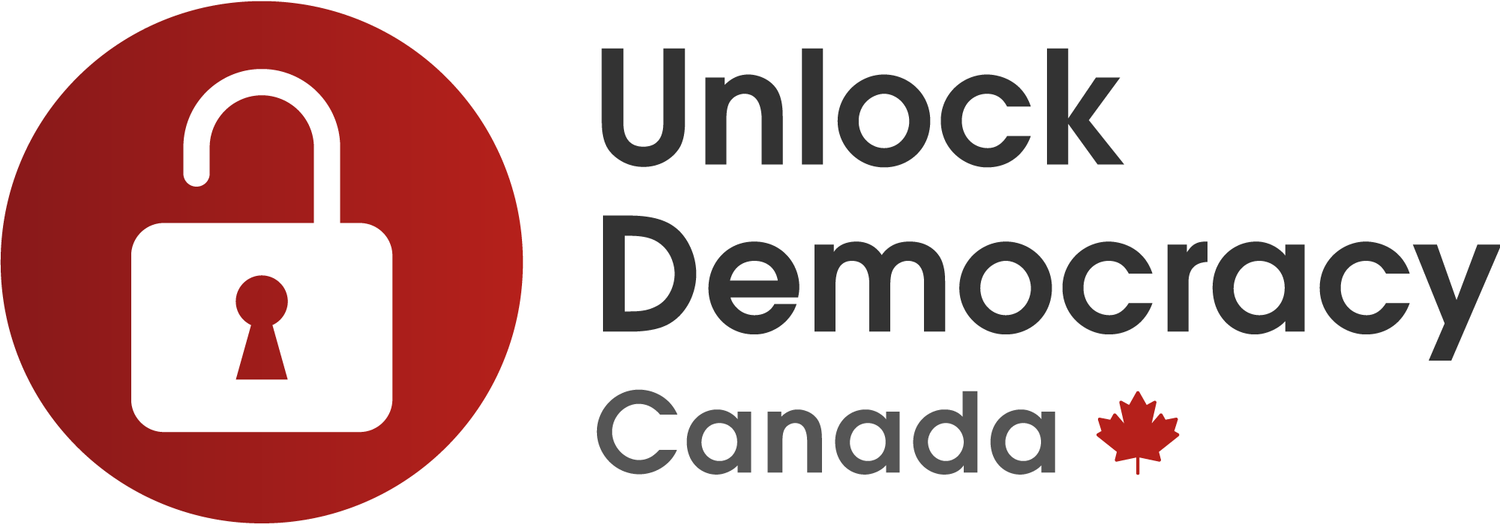Lego My Vote Canada's 2019
Welcome to the thirteenth edition of Lego My Vote! Today, we're looking at Canada's 2019 federal election.
We'll start with the popular vote. Here's how Canadians actually voted at the ballot box:
And here's how that same chart looks, if we add all the registered voters who decided to NOT participate at all:
It's kinda sad to be reminded that 1/3 of all voters tend to tune out our elections entirely. Then again, it's hard to blame them! Canada's ridiculous voting system gives us a lot of reasons to not participate:
Dozens of "safe seats" that never change.
Hundreds of candidates who "win" with less than 50% of the vote.
Endless chatter about "strategic voting" and "vote splitting"
Fake majority governments, that don't actually represent a majority of voters.
Hostile and polarized election campaigns.
Larger parties getting more seats than they actually earned.
Smaller parties getting less seats than they actually earned.
Let's take a look at how all this plays out. Here are the seats "won" by each major party in Canada, on October 21:
If you compare that to the ACTUAL vote we saw at the top of the page, you'll notice a few major differences. First, the conservatives got more votes than the Liberals... but less seats. That's backwards. Same goes for the Bloc Quebecois and the New Democratic Party. The NDP got WAY more votes than the Bloc... but far less seats. Again, totally backwards. And the Green Party, who earned almost as many votes as the Bloc, only won three seats - compared to the Bloc's 32. Lastly, the People's Party didn't win a single seat, despite having the support of hundreds of thousands of Canadians.
Proportionally, this is what Canada's parliament should look like:
As you can see, the Conservative party would have the most seats - since they got the most votes! Of course, that doesn't mean that they would be able to form a government. In Canada's parliamentary system, a party needs to gain "confidence of the House", meaning that they either need to win a majority of the seats or find another party to support them in the House of Commons.
With 116 seats, the Conservatives are nowhere close to a majority:
In fact, the Conservatives would have a very difficult time forming a government based on the proportional results of this election. Even if the Bloc Quebecois AND the People's Party supported them... it still wouldn't be enough:
The most likely scenario would be some form of coalition or agreement between the Liberal party, NDP and Greens:
Under a proportional system, we'd also see an end to the wild distortions that paint Canada as a divided country with blue provinces and red provinces. While the seat count delivered on October 21st suggested that all Albertans voted conservative, all PEI voters are Liberals and the NDP has zero support in Quebec - the actual vote results reflect the diversity of opinions held across the country, in every province:
What that means, in terms of seat count, is that some parties earn way more seats than they actually deserve, while First-Past-the-Post robs other parties of seats they should have won. Regionally, this is what creates the myth of single-party domination within a province:
Of course, all these numbers are based on the votes cast under our current system. If we had a modern voting system (like most Western democracies), everything would change - not just the math on election night. We'd have more parties. Candidates would campaign differently. We'd likely have different leaders. We'd all be able to vote with our heart. And we'd end up with stable coalition governments that actually represent what voters asked for.
Is that too much to ask for?
-----
We'd like to thank our data analysts for their hard work on this project.













